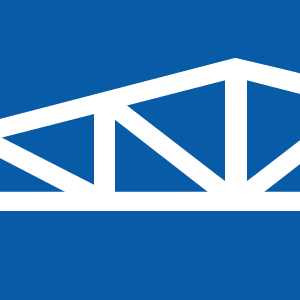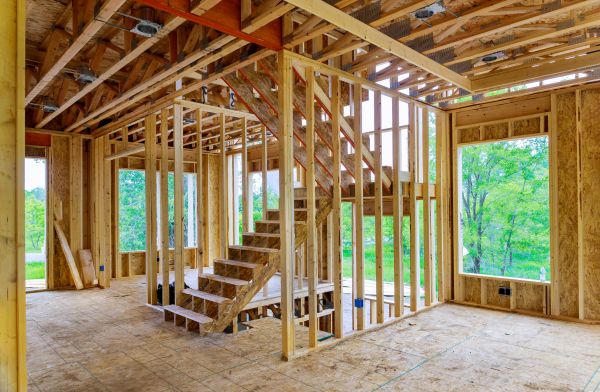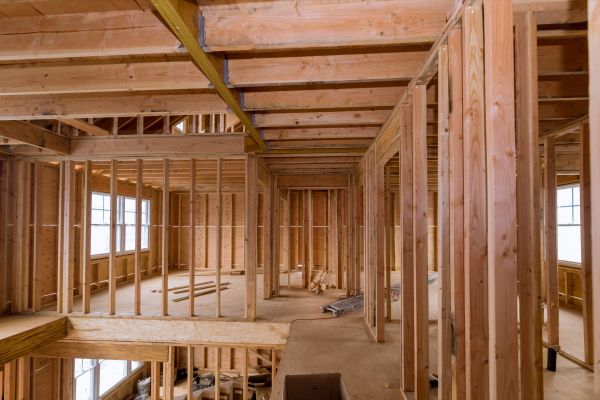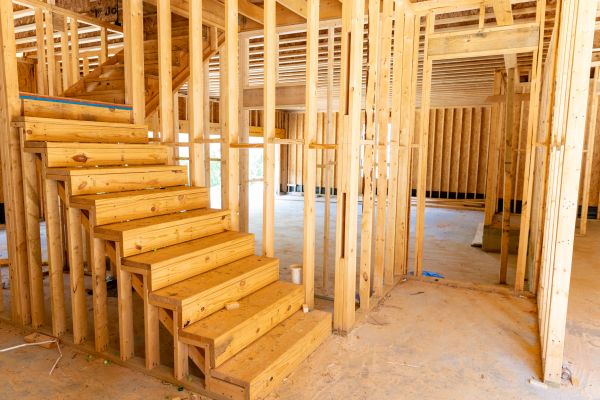Residential Building Framing Service
Affordable Residential Building Framing
Residential building framing is the structural backbone of any home, providing the essential support and shape that defines its layout and functionality. It involves the assembly of wood or metal components to create the skeleton of the building, which includes walls, floors, and roof systems. This framework is crucial because it ensures the stability and safety of the structure, allowing it to withstand various environmental forces such as wind, rain, and seismic activity. Proper framing is fundamental for the long-term durability of the building and is a critical step in the construction process that sets the stage for all subsequent building activities.
Benefits of Residential Building Framing
-
Structural Integrity
Residential building framing provides the necessary structural integrity to ensure that homes are safe and secure. Properly executed framing can withstand environmental stresses, such as high winds and earthquakes, which helps to protect the inhabitants and maintain the building's longevity. -
Design Flexibility
Framing allows for a wide range of design possibilities. It supports various architectural styles and layouts, providing the flexibility to create open floor plans, vaulted ceilings, and unique window placements. This adaptability enables homeowners to personalize their spaces to fit their needs and aesthetic preferences. -
Energy Efficiency
Well-planned framing contributes to energy efficiency by allowing for proper insulation installation. This helps maintain a consistent indoor temperature, reducing the need for excessive heating or cooling and ultimately lowering energy bills. -
Cost Effectiveness
Efficient framing techniques can lead to cost savings in both materials and labor. By using precise measurements and strategic planning, waste is minimized, and the construction process becomes more streamlined, reducing overall expenses.
FAQs About Residential Building Framing
What materials are commonly used in residential building framing?
Wood and metal are the most common materials used in residential framing. Wood is popular for its versatility and ease of use, while metal is chosen for its strength and durability.
How long does the framing process typically take?
The time required for framing can vary depending on the size and complexity of the project, but it generally takes a few weeks to a couple of months to complete.
Can changes be made to the framing once it's completed?
While it's possible to make changes to the framing after completion, it can be costly and complex. It's best to finalize design decisions before the framing process begins to avoid complications.
Why is professional framing important?
Professional framing ensures that the structure meets all safety standards and building codes, providing peace of mind and ensuring the long-term stability of the home.
Fill out the contact form today to request expert Residential Building Framing and experience the benefits of structural integrity, design flexibility, energy efficiency, and cost-effectiveness.




